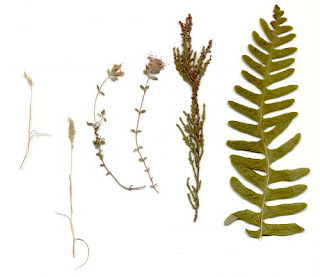Observing the Weather
We cannot control the weather, but with weather forecasting, we can control how the weather affects our lives. Nowadays, weather forecasting is highly sophisticated such that there are apps that give weather forecasts up to one month ahead. But it would still be very rewarding for you and your children to actually observe weather patterns, as a way to be in touch with the natural world and know our place in it. Besides, observing the weather is fascinating. Like I wrote before, there is no need to watch a nature show on TV when nature itself provides free, live entertainment.
If you have a backyard or any other way to get outdoors without violating quarantine rules, or even just an amply-sized window, you can make and record weather observations. Make two observations every day, one in the morning and another in the afternoon and at fixed times for both. Record the dates and times of the observations. Also note down the general observations: Is it sunny, rainy, or windy? How does the sky look like? How does the air feel? If there is wind, how strong is it (perhaps record how wind speed measures on the Beaufort scale)?
You can also make homemade meteorology instruments. Here are instructions for making homemade barometers, anemometers, and rain gauges.
If there is thunder and lightning, you can measure the distance of the lightning by counting the number of seconds between the lightning appearance and the thunder clap and dividing it by 5; the result is the distance in miles.
You can also compare your observations with weather forecasts to see if the latter are accurate. Or compare your observations with sayings about the weather, to see if the sayings are true.
With these activities, your children might end up so fascinated by the weather to want to become meteorologists -- a very important job in our country.




Comments
Post a Comment